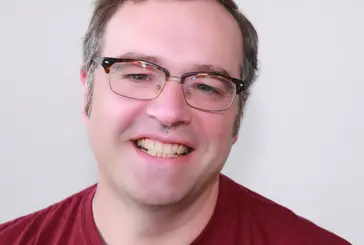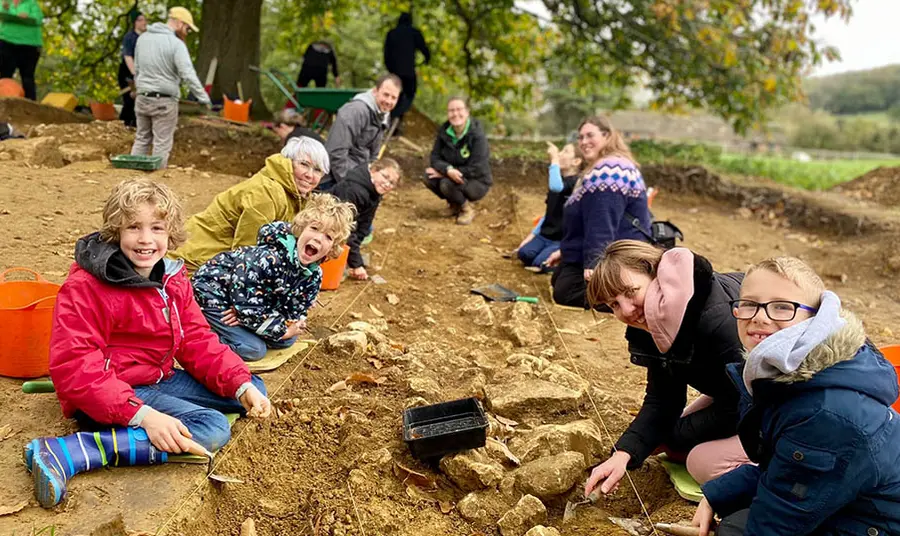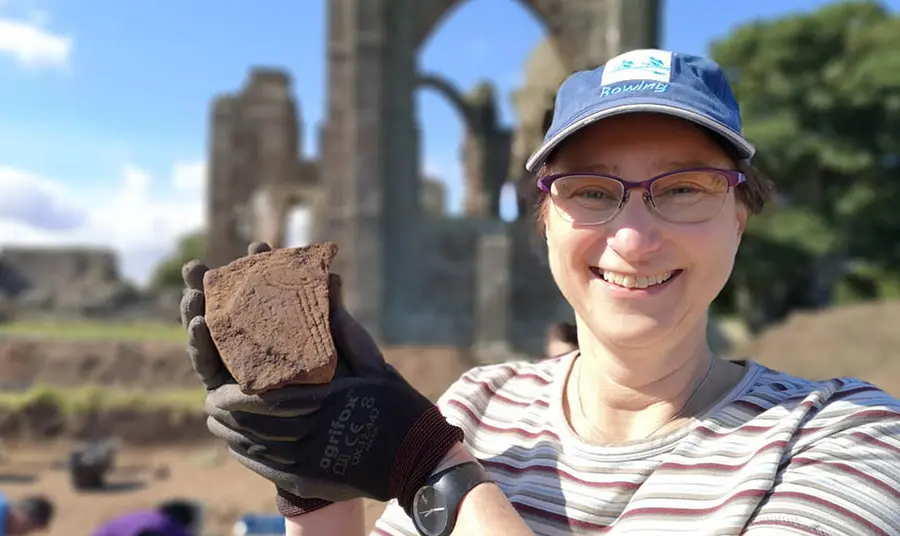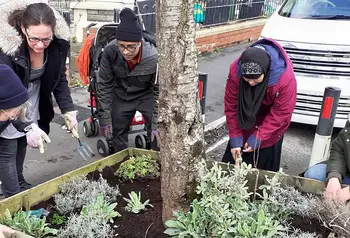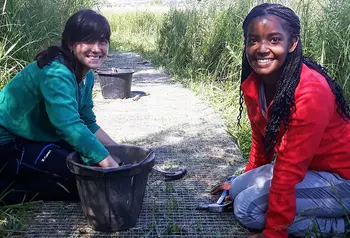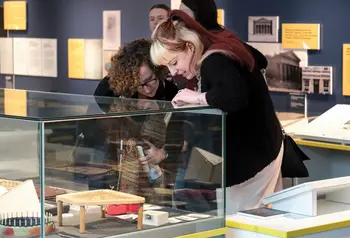How people power is solving workforce and environmental challenges
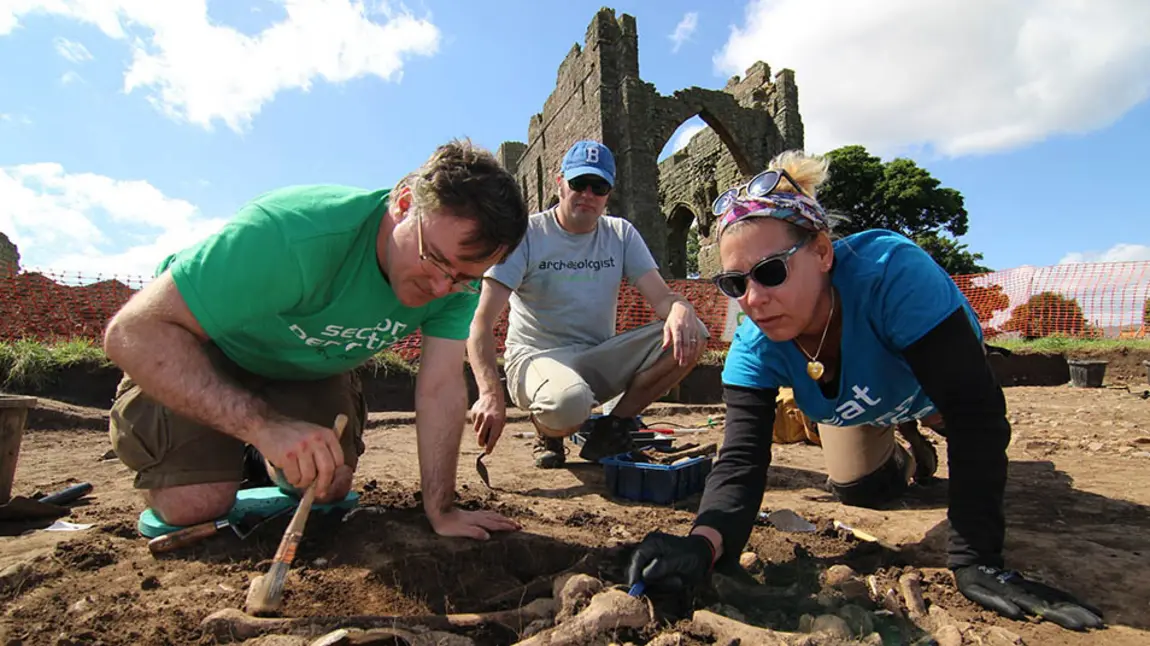
Archaeology (or so the joke goes) is a career in ruins. So, it should be no surprise that the moment the Heritage Innovation Fund was announced – a bold new initiative to train and support a cohort to explore workforce challenges and test new ways of working across the heritage sector – I grabbed my trowel and jumped at the chance.
The spark for my challenge began with the COVID-19 pandemic. With archaeology sites grinding to a halt, our physical participation fell by 75%. But as we opened our online courses and activities, we saw our digital participation grow by 3,100%. We hosted a six-week-long virtual dig that saw 11,000 people join us from 90 different countries.
This inspired the idea to build a community learning and mapping platform. By using technology to bring together people from different backgrounds, we can crowdsource a wider range of information, ideas and insights. This will increase heritage’s contribution to society and the environment.
By empowering citizens to map archaeology and ecology, our ambition is to help communities and organisations actively meet the challenge of delivering that net zero commitment.
Climate change poses the single biggest threat to buried archaeological remains. From coastal erosion washing delicate deposits out to sea, to mitigation measures like reforestation or peatland reclamation destroying fragile finds below the surface, the challenges facing heritage managers are profound.
To meet international net zero obligations, 700km2 of landscape will need surveying by archaeologists each year in the UK alone. That’s nearly twice the equivalent landmass of the entire HS2 rail scheme – far bigger than our professional community can cope with alone.
Empowering citizens
I began by asking how might we take this lockdown-inspired digital participation forward into a post-pandemic future? How might we pivot our model from the on-site digging part of archaeology to move participation upstream to the preliminary site surveying, research and planning (usually the task of professionals)? And how might we not only deepen engagement, but broaden participation to as many different people and backgrounds as possible?
By empowering citizens to map archaeology and ecology with satellite imagery, Lidar (3D laser scanning) and historic mapping, our ambition is to create regional-scale data that can help communities and organisations actively meet the challenge of delivering that net zero commitment.
Innovation as system change
The Heritage Innovation Fund cohort sessions – managed by The Young Foundation – have brought together 35 heritage professionals to learn to view this kind of workforce challenge through the lens of systemic change management.
By breaking down the traditional silos that impede innovation, we can ensure that we are not acting in isolation, and our solutions will be many times more impactful.
The iceberg model has been a useful reminder that the observable part of a problem might only be the 10% visible above the water line. Rather than come up with sticking plaster solutions to what we can see, we’ve been encouraged to go deeper, thinking about how our workplace challenges relate to patterns of behaviour, organisational structures and finally, mental models.
This focus on innovation as system change draws out the difference between technical problems – which usually have known solutions – and adaptive challenges – which are less clear and require new learning to be understood and addressed.
For my own workforce challenge, this way of framing the problem was revelatory. How we generate and utilise data is an adaptive challenge: it’s not a business-as-usual problem, and therefore cannot be solved with a business-as-usual solution.
Interconnected challenges and impactful solutions
Our bold vision will inevitably meet opposition from some quarters, and it is here that working together as a cohort has been invaluable. In workshops, breakout groups and one-to-one meetings, we’ve been able to see the underlying connection with all our challenges, no matter how different our day jobs.
By breaking down the traditional silos that impede innovation, we can ensure that we are not acting in isolation, and our solutions will be many times more impactful.
My main takeaway from these past six months has been a deep-rooted understanding that the workforce challenges we face as a heritage sector are interconnected. It therefore stands to reason that our approach to innovation in these spheres should also be integrated.
This will require developing holistic frameworks for heritage policies, practices and funding streams – a goal the Heritage Innovation Fund is realising on many different levels.
Perhaps the future for archaeological careers isn’t in ruins after all.
About Brendon
Brendon Wilkins is the founder and Co-CEO of DigVentures, a platform that enables civic participation in archaeology and heritage projects. The organisation welcomes 15,000 participants annually, digging on sites up and down the UK and digitally from all over the world, learning about and experiencing archaeological research.
